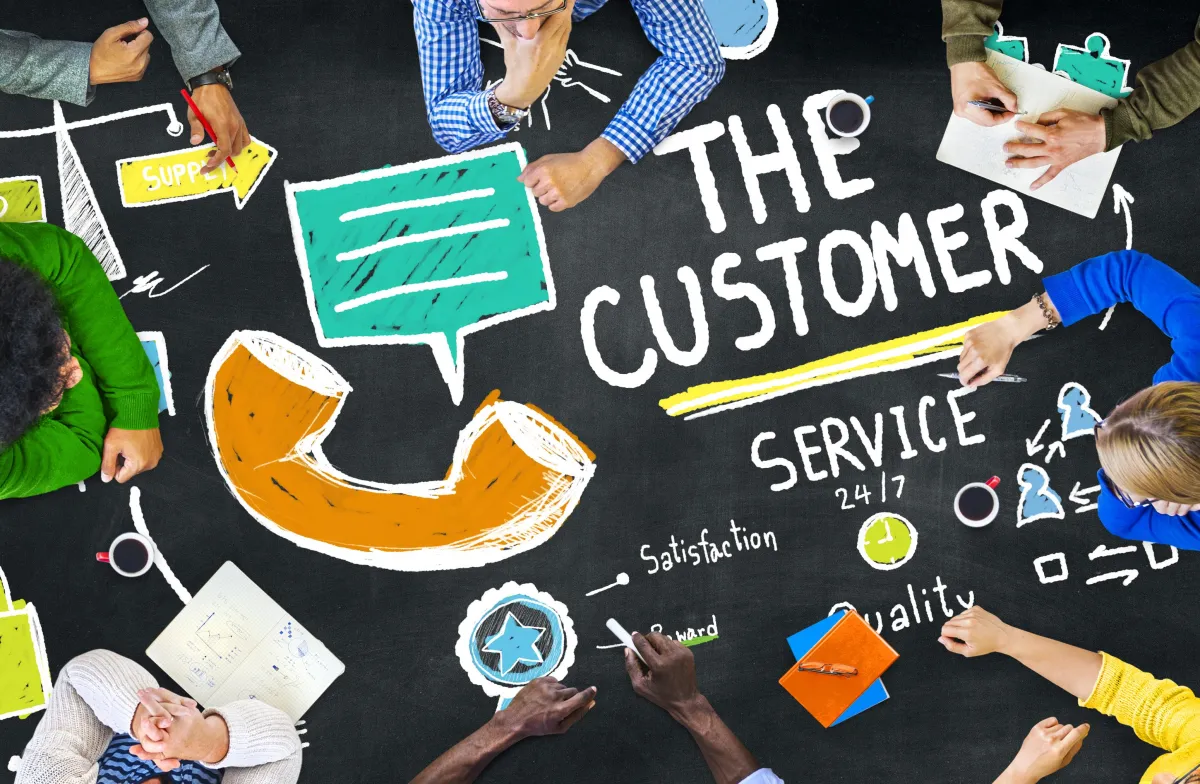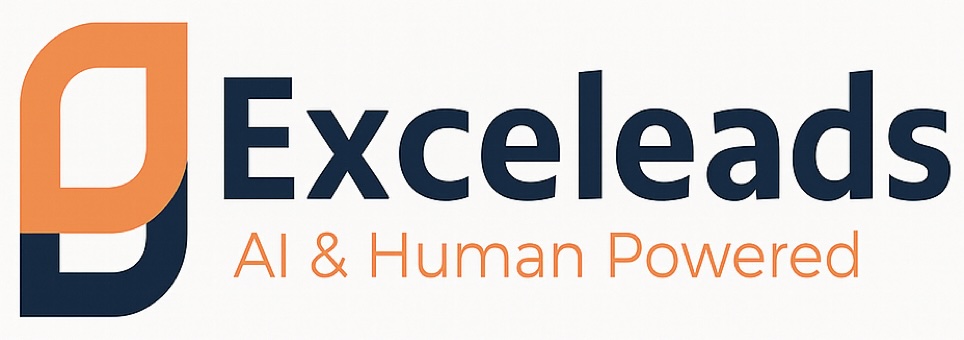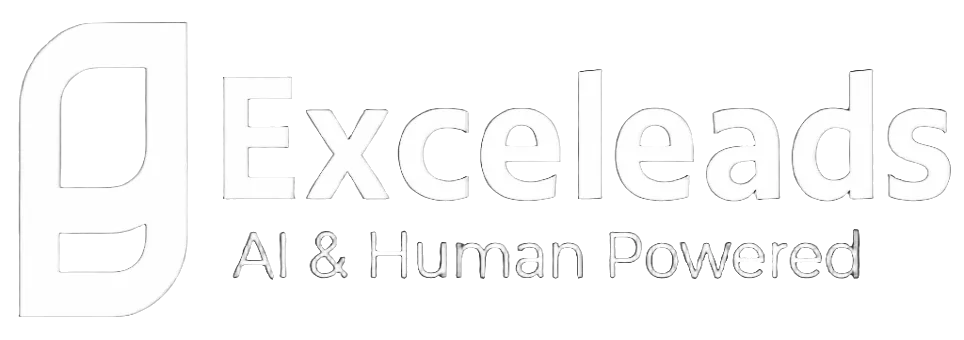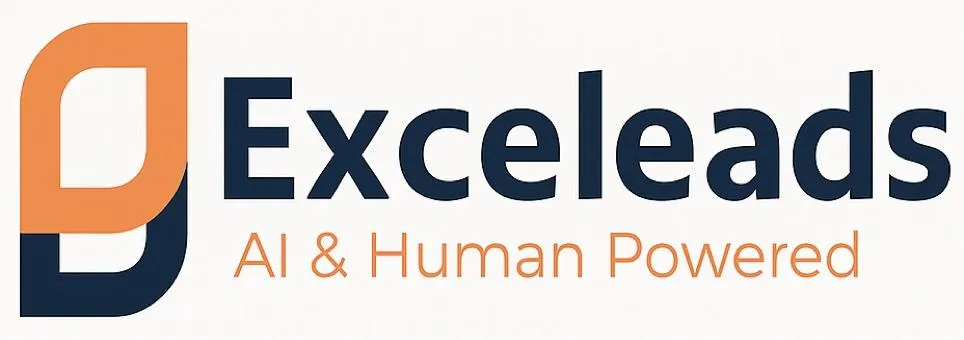Save Time, Grow Faster
AI & Human Powered
Exceleads helps you win more clients, build stronger relationships, and work more efficiently.
Maximize the value of every interaction, increase your revenue, and foster lasting customer satisfaction and loyalty.
Services
Prospecting
Your external sales team tailored to your needs. Win more clients, build trust, and grow lasting relationships.
We turn smart prospecting into real results faster meetings, better conversions.
Client management
Every client counts.
Every interaction is a chance to grow.
Support, retention, reactivation - we help you transform every moment into a growth opportunity.
AI-solutions
Let AI handle the routine, so you can focus on what really matters.
Smart flows and assistants turn your processes into growth.
Work smarter, sell faster, grow bigger, with AI by your side.
Prospecting
High-performance prospecting — smart, targeted, results-driven
At Exceleads, we manage your entire prospecting process by phone, digitally, or with a powerful hybrid model. Need more clients, qualified meetings, or full sales outsourcing?
We deliver the right strategy to hit your goals fast. Our approach blends human connection, intelligent automation, and market-fit tactics to drive real results.
Want to know how we can fuel your growth?
Ask Eli, our chatbot.
. In seconds, he will offer a clear, actionable meeting to get you moving.

Client Management
The starting point of a true customer loyalty

Customer relationships don’t end after the sale they begin there. Building lasting connections takes ongoing attention, personalized contact, and smart follow-up. At Exceleads, we help you create and maintain strong, long-term relationships with your customers.
How? With human support, fast follow-up, and simple tools that strengthen your processes.
Whether you’re focused on aftersales, retention, reactivation of inactive clients, or fully outsourcing your customer relationship management our solutions adapt to your needs, your clients, and your goals.
Curious about the value we can bring to your customer experience?
Ask Eli, our chatbot.
. He will ask the right questions, listen to your needs, and quickly guide you to the right strategy for lasting loyalty.


Artificial Intelligence
AI solutions to accelerate your growth and boost profitability


For us, AI isn’t a trend it’s a real lever to make your business more efficient and more profitable.
Work smarter: Save time and energy with intelligent automation that speeds up your processes.
Be more precise: Reduce errors and make better decisions based on reliable data.
Enhance customer experience: Respond faster and more personally with chatbots and automated workflows.
Tailored to your needs: Our solutions are designed to fit your business, your industry, and your customers - for maximum impact.
Curious to see what AI can do for you?
Ask Eli, our chatbot.
. He will show you in seconds how to harness the power of AI.
Eli from Exceleads reads your questions like they’re his favourite novel – he picks out the essentials instantly and replies at lightning speed. Almost like a human colleague… just without the lunch break or the Monday blues!

Contact
Let’s turn your ideas into action get in touch...
Our team is here to listen and support your needs.
You can reach us via the contact form, by email, or by phone.
For instant answers, Eli our virtual assistant is available 7 days a week.



Who we are?
We are Exceleads, the power behind thriving businesses a brand of Exa Consult bv, boosting growth since 1999. At Exceleads, we empower ambitious companies to attract new customers, strengthen relationships, and unlock the full potential of smart automation. Every interaction is a chance to grow and we help you seize it. Let’s connect and explore how our scalable, results-driven lead generation solutions can take your business to the next level.

Contact
Address
Researchdreef 12
1070 Brussels
Belgium
Follow Us
© Copyright 2025. Exceleads. All rights reserved.
GDPR - Data policy - Exceleads, a brand of Exa Consult bv (1999)
